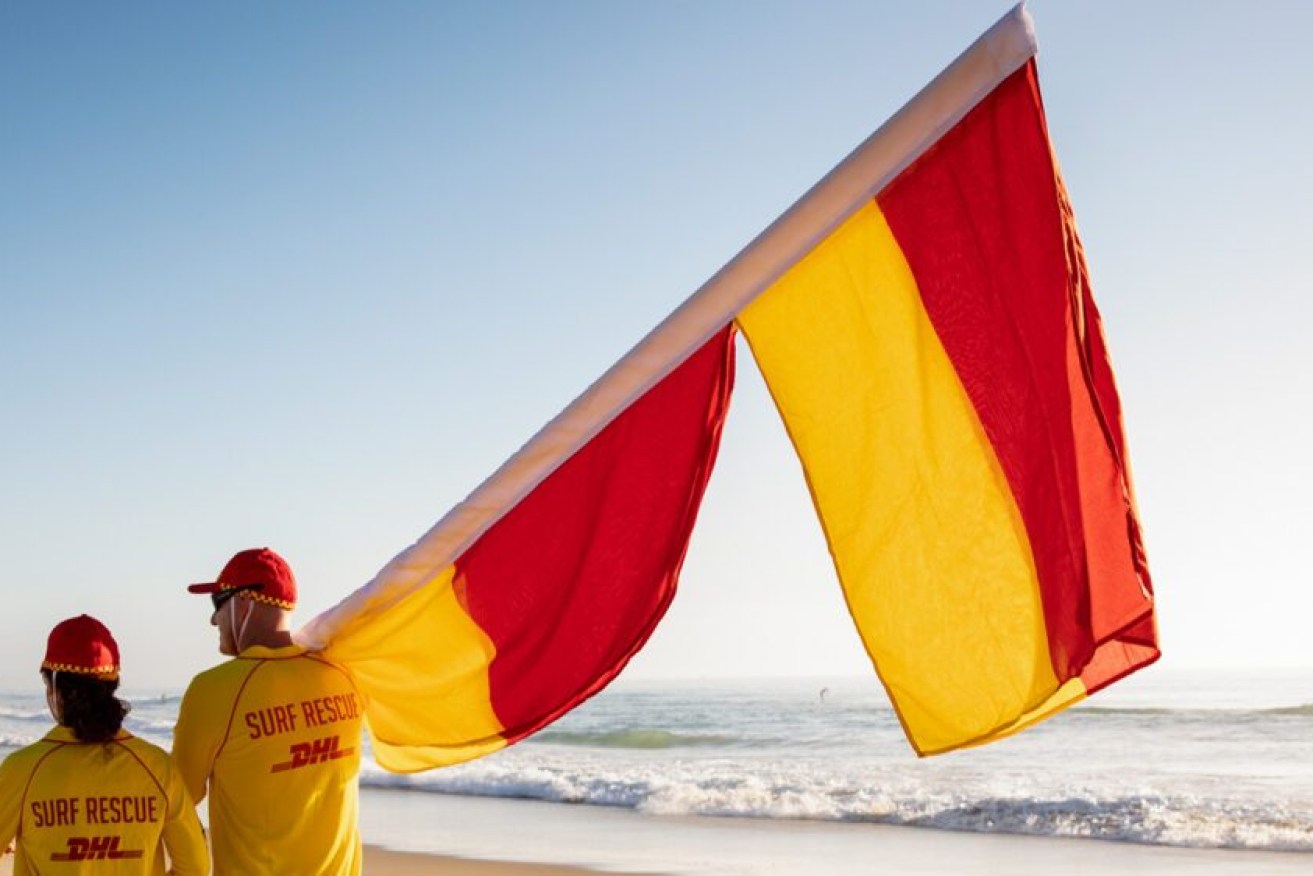Overseas visitors are getting in over their heads when it comes to flags, research finds
Beachgoers are misinterpreting surf lifesaving’s iconic red and yellow beach flags with almost one in three overseas visitors believing flagged areas are only for good swimmers, new research shows.


Australians are more likely to drown on Australia Day than almost any other day of the year, experts say. (File photo)
In further signs that the flagged areas are missing the mark, the research shows around half of overseas visitors believe that the ‘no flags=no swim’ message means they can go in the water, but just not swim.
The red and yellow flagged areas are patrolled by lifeguards and surf lifesavers and are designed to keep swimmers safe. Queensland has more than 7,000 active lifesavers who patrol beaches across 8,000km of the state’s coastline.
University of Adelaide researcher Dr Masaki Shibata said the study showed clearer beach safety signage could prevent drownings.
Latest drowning figures show a shocking increase in coastal and waterways drownings and fatalities over the past year.
In the past 12 months, 339 people drowned across Australia. Of those, 84 people drowned in Queensland.
Australia-wide, the figures show 141 of the drowning deaths occurred along the coast, which is the highest toll since 2004, and a 16 per cent increase on the 10-year average.
Of the 141 national coastal drownings, 30 were off the Queensland coast.
Surf Life Saving Australia (SLSA) CEO, Adam Weir said the harrowing toll over the past season was the worst in 18 years of collecting coastal drowning information.
Following a year of torrential downpours and flooding, the figures also showed 43 people drowned in flood waters across Australia. More than half of those, or a total of 26 drowning deaths in flood waters, were in Queensland.
The figures, released by the Royal Life Saving Society of Australia and Surf Life Saving Australia, has triggered pleas for heightened water safety as the lure of beaches and surf ramps up for the summer.
The new research based on surveys of beachgoers at Bondi, published today in the Safety Science journal, found the beach flags and other signage simply weren’t being understood by many visitors.
“Approximately 50 per cent of overseas-born beachgoers and 40 per cent of Australians rarely or never read beach safety signage at beaches they’re not familiar with,” Shibata said.
“Approximately half of the overseas-born beachgoers had no understanding of some beach safety terms such as high surf, shore dump, or bluebottle. Not reading the signs, or not understanding them, could have deadly consequences.”
Shibata said beach signs needed to be displayed in many languages and include photos rather than symbols. He said a photo of a jellyfish and a clear explanation of the hazard, such as poison or a sting, would be more helpful.
Clearer colour coding using red instead of yellow would also alert visitors to danger as red indicated the greatest danger to many communities, he said. The flags also needed to be explained to visitors, he said.
“While they represent ‘always swim between the flags’, more than 30 per cent of the overseas visitors and residents believe that beach flags mean that only people ‘perceived to be good swimmers’ were allowed to be between the flags,” Shibata said.
“Another common flag instruction, ‘No flags = no swim’- is also confusing, with half of all respondents interpreting this as they may not swim, but they may play, walk, and stand in the water.”












